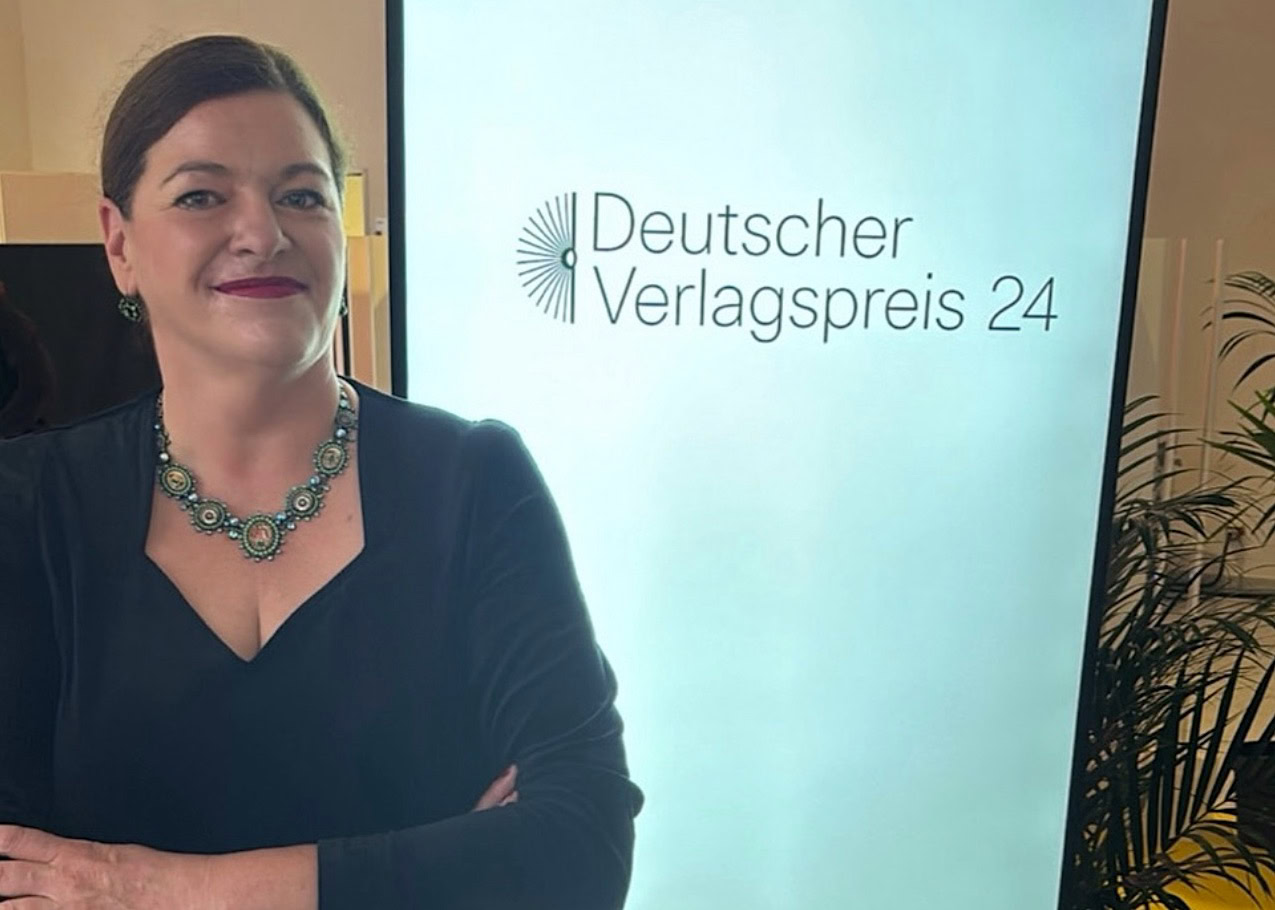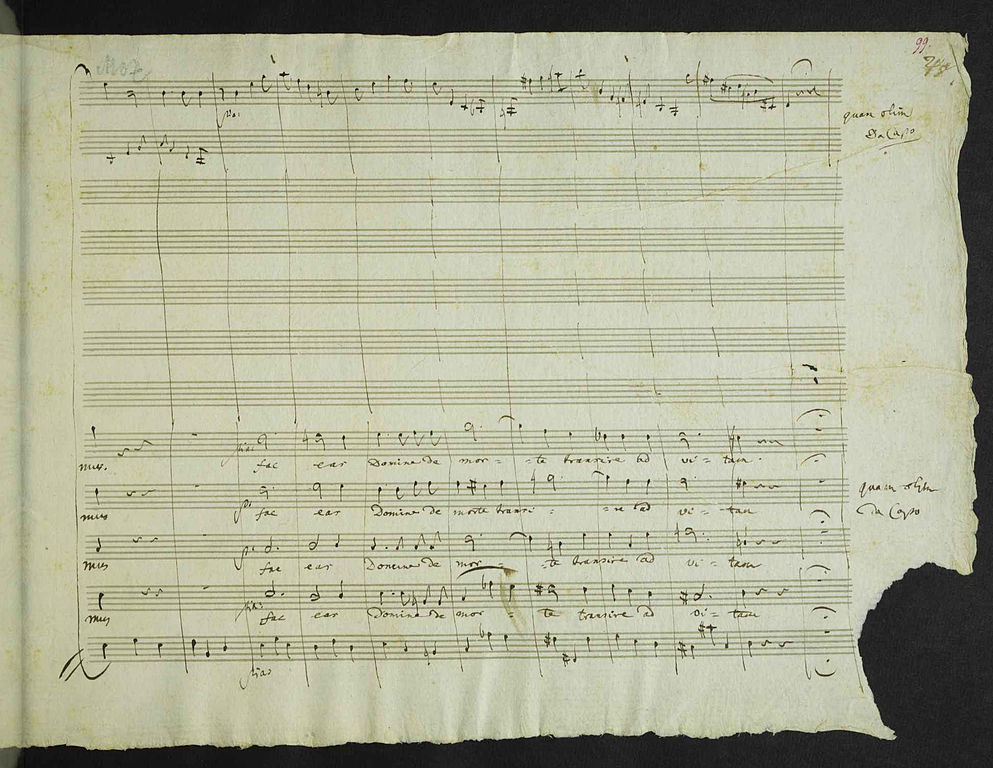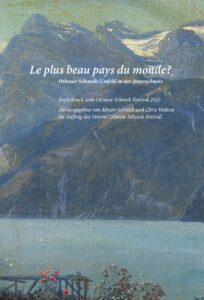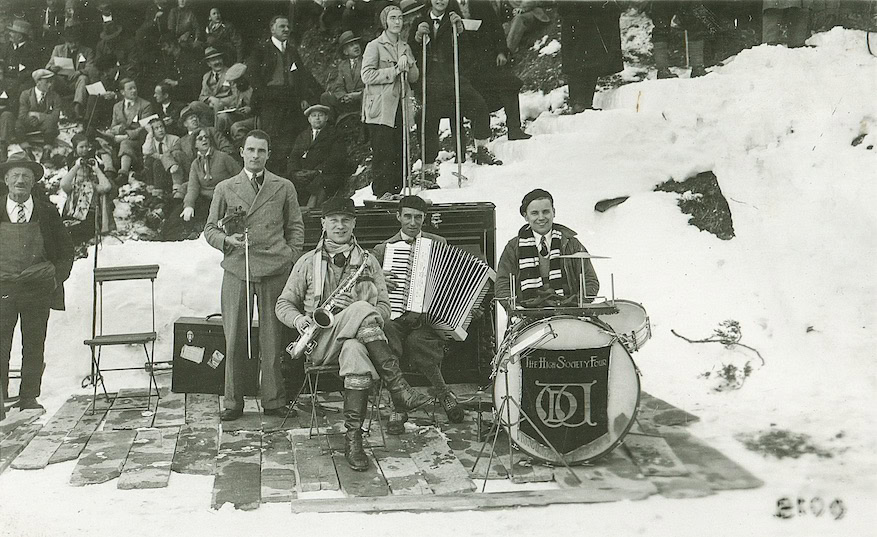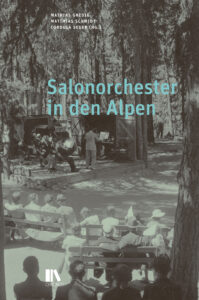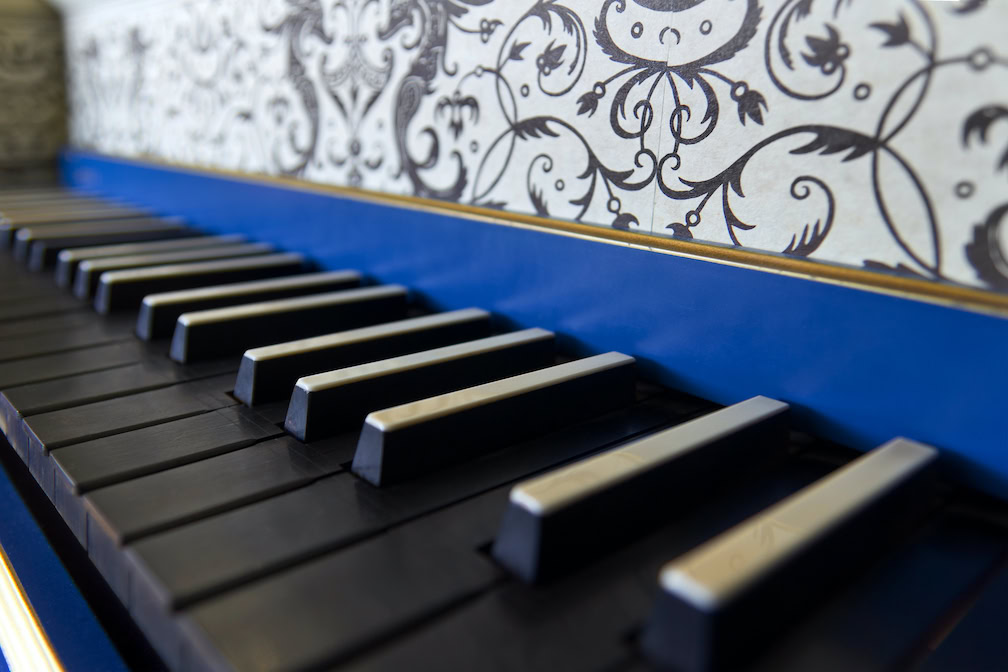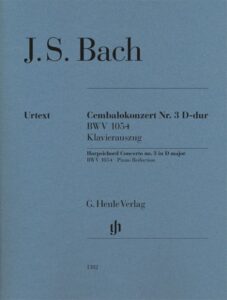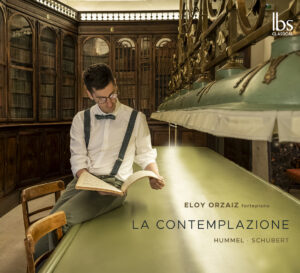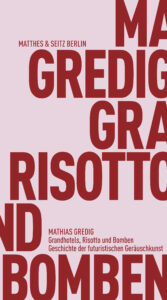A magic flute without discrimination
The "Critical Classics" initiative has set itself the goal of freeing the libretti of well-known stage works from racist and sexist stereotypes.

If you go to the opera as a young woman, you have to watch and listen to all kinds of things: Women on stage are abducted, murdered, driven mad, patronized or portrayed negatively, literally sacrificed on the altars of opera. In Mozart's Magic flute Pamina seems to be merely a pawn between the vengeful Queen of the Night and Sarastro and falls behind her male counterpart Tamino.
What to do with operas from past centuries that contain sexism, racism and discrimination of all kinds? The Critical Classics initiative, which was founded by theater manager and director Berthold Schneider and is supported by the North Rhine-Westphalia State Music Council, has taken up this question and set itself the task of critically reading libretti from earlier centuries and revising them according to modern standards in terms of non-discriminatory language and presentation. The Critical Classics team, consisting of opera, music and theater professionals, authors and diversity consultants, has published a new edition of the Magic flutelibretto, which is now freely available online.
The most performed opera first
With Mozart and Schikaneder's Magic flute makes sense. It is probably the most famous opera of all and contains many problematic aspects. Firstly, there is the role of Monostatos, whose skin color and origin are interpreted negatively throughout. The description of him as an "evil Moor" and his statement "And I should avoid love because a black man is ugly!" are depictions based on racist stereotypes that no longer have any place on the operatic stage. In the new edition by Critical Classics, Monostatos becomes an evil servant who is also the illegitimate son of Sarastro. The latter does not want to recognize him as his heir, which results in a plausible conflict that is not racially motivated.
In Schikaneder's libretto, subordination to men is the greatest duty for Pamina, Papagena and the nameless Queen of the Night. This portrayal of women, which is supported by generalizations such as "A woman does little, chats a lot", gives way to a more positive, self-determined image of women in the new edition. Papagena, for example, asserts herself self-confidently and repartee against Papageno, and the previously "shy doe" Pamina is given an additional aria in the fourteenth entrance of the first act. Mozart's concert aria Accept my thanks, you fair patronsThe new text gives Pamina the opportunity to be self-reflective and to critically question what has happened.
Resources for individual solutions
The new edition is convincing because it remains true to the original text despite the changes, offers well thought-out alternatives, explains contexts and documents and justifies every change without exception. The replacement of "Weib" and "Mädchen" with "Frau" is not entirely consistent. In addition, the new version refers to Sarastro's "pure descent", in contrast to Monostatos' illegitimate origin. This formulation should be reconsidered, as it also has problematic connotations.
According to Critical Classics, the new edition is not intended as an absolute version, but as a suggestion for productions in which own adaptations are possible. The strength of Critical Classics lies precisely in this: in creating resources for performances and in sparking debates about what exactly libretti from earlier times convey and how they should be dealt with. The new edition of the Magic flute shows that opera texts are not sacrosanct, but must change so that opera can continue to exist.
Next, Bach's St. John PassionBizet's Carmen and Puccini's Madama Butterfly be revised. Libretto and piano scores with the modified Magic flutes-Text, sheet music of the inserted aria and further information at:
criticalclassics.org







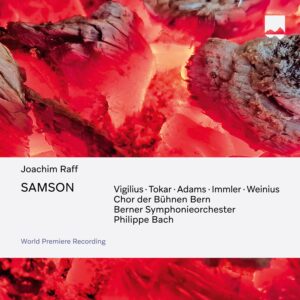 Joachim Raff: Samson, music drama in three sections, libretto by the composer, first recording. Magnus Vigilius, Olena Tokar, Robin Adams, Christian Immler, Michael Weinius, Berner Symphonieorchester, Chor der Bühnen Bern, musical director Philippe Bach. 3 CDs, Swiss Fonogram.
Joachim Raff: Samson, music drama in three sections, libretto by the composer, first recording. Magnus Vigilius, Olena Tokar, Robin Adams, Christian Immler, Michael Weinius, Berner Symphonieorchester, Chor der Bühnen Bern, musical director Philippe Bach. 3 CDs, Swiss Fonogram. 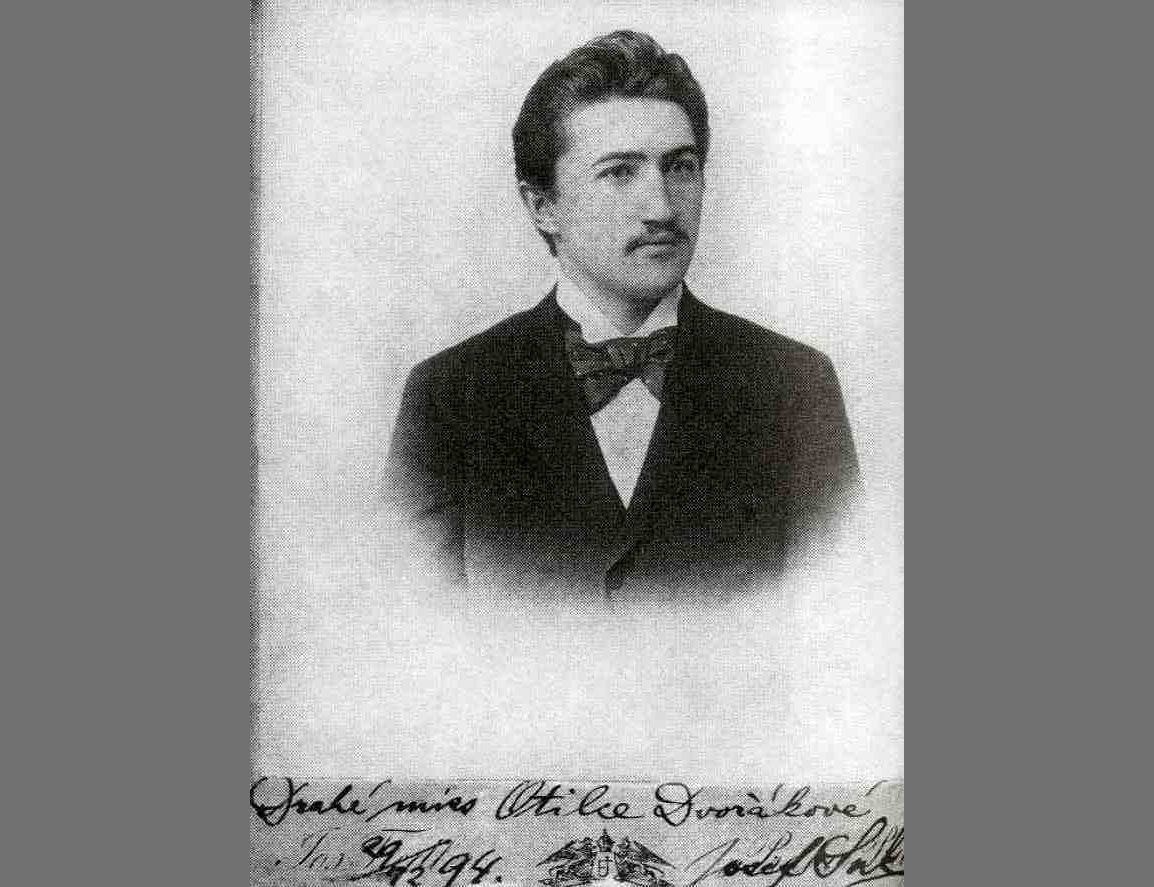
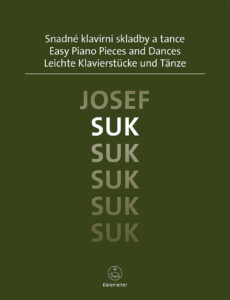 Josef Suk: Easy Piano Pieces and Dances, edited by Jonáš Hájek, BA 11575, € 14.95, Bärenreiter, Prague
Josef Suk: Easy Piano Pieces and Dances, edited by Jonáš Hájek, BA 11575, € 14.95, Bärenreiter, Prague
